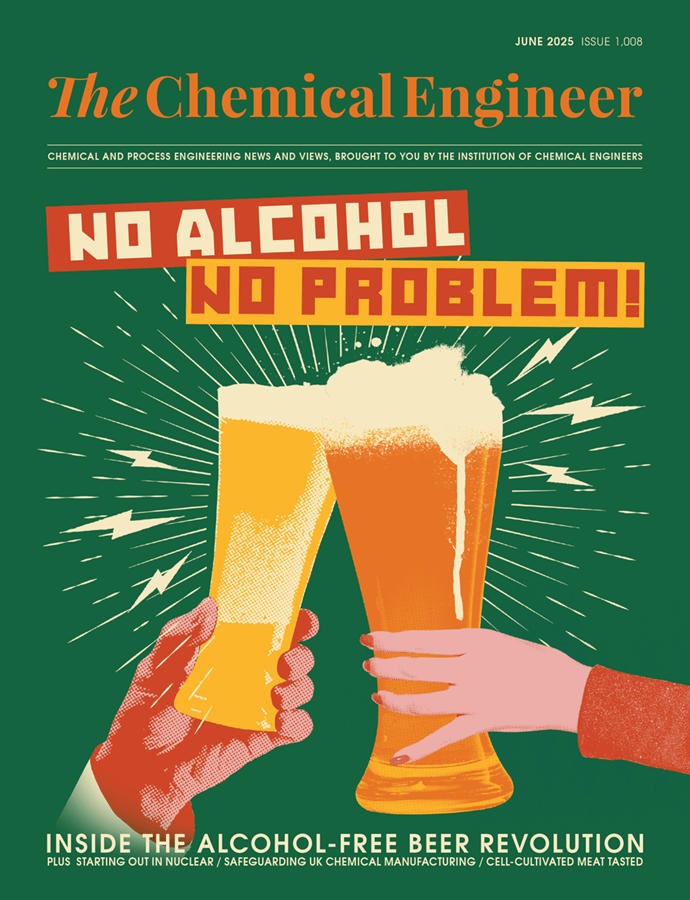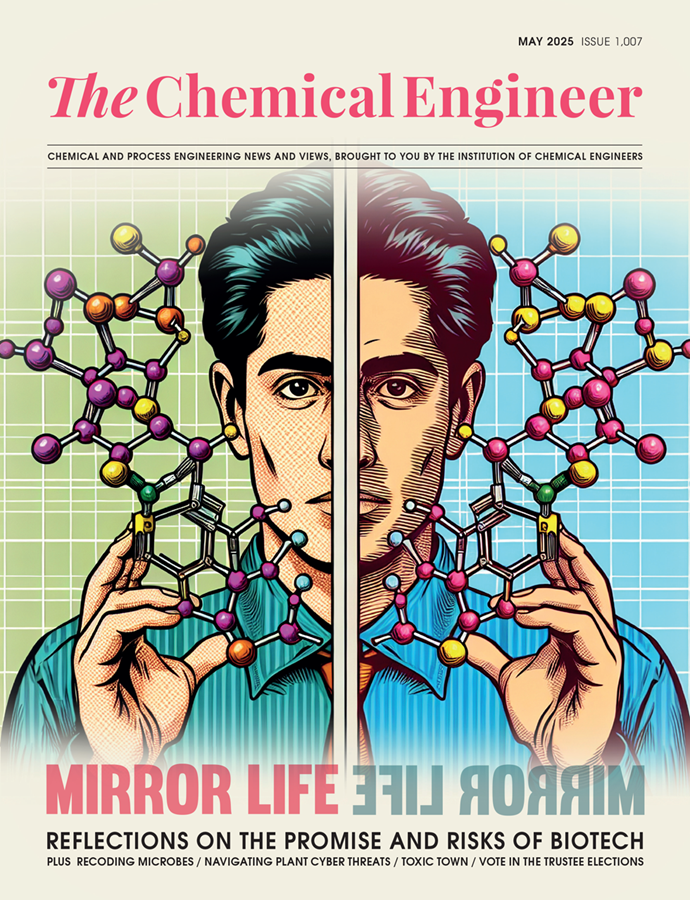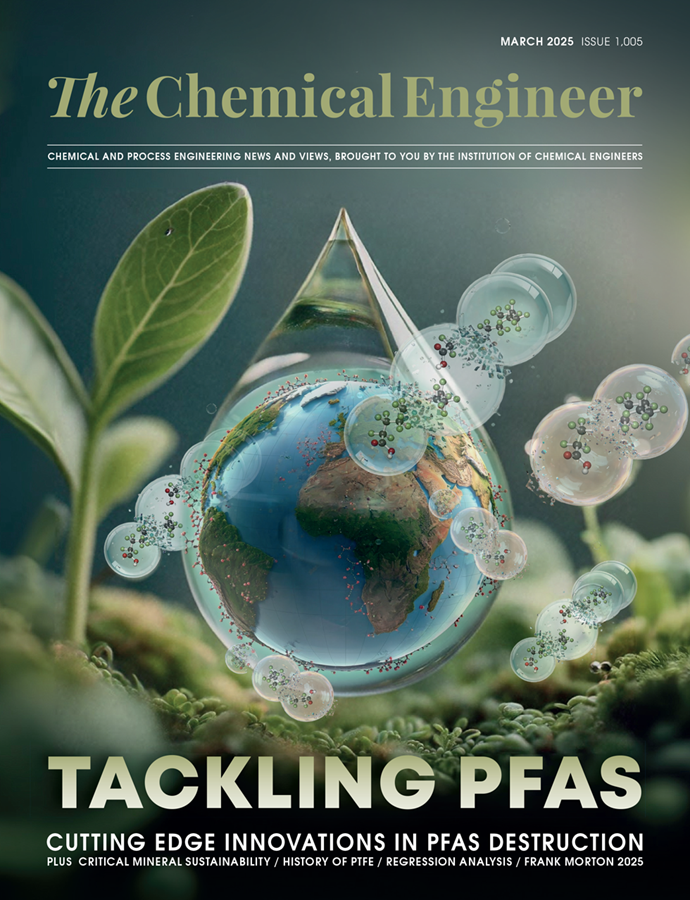Flixborough 50 Years On: Stirring Memories and Sharing Memories

Paul Okey visits the Flixborough 1974 Exhibition with his dad to discover the stories behind the disaster and the impact it had on those affected

THE MOST striking image at the Flixborough 1974 Exhibition is not of the plumes of smoke cascading out of the scarred remains of the Nypro site. It is not the scenes of devastation that are graphically illustrated by newsreel footage that take you to the very heart of the site as it continues to burn. Nor is it any one of the faces and stories of the 28 people who lost their lives as a result of the explosion, sobering though they prove. It is the large photo of a young women happily walking her dog up the road overlooking the plant. Taken before anyone outside of North Lincolnshire had ever heard of the tiny village of Flixborough, the scene could have been played out at a hundred other industrial sites across the UK in the 1970s.
Now synonymous the world over with disaster and devastation it is easy to forget that Nypro was once just another chemical plant tucked away in a quiet corner of the English countryside.
That all changed of course at 16:53 on June 1 1974 and while the physical impacts of the explosion are all but gone – a industrial park now sits on the site - the scars still remain, especially for those closely associated with Flixborough.
“One of the best things I heard was from a gentleman who came in to share his memories,” says Eveline van Breemen, curator of the North Lincolnshire Museum exhibition commemorating the disaster. “His shift ended a few hours before the explosion. He later on helped the miners’ rescue to find his friends and colleagues. Before the exhibition he had hardly spoken to his family about it and his kids have been very grateful that it has encouraged him to share. And he told me how relieved is for doing so.”

Stirring memories is very much a theme of the exhibition which features the recollections of many of the people impacted on that sunny summer’s day – a day in which according to the accounts, many of those at home had been watching an England-West Germany schoolboy football international.
“We received several comments from family members of the people who passed away that they are happy they are so prominently in the exhibition. There to be remembered,” says Van Breemen. “I have seen some old colleagues meeting up after many years and that is wonderful too.”
A timeline of the events leading up to the explosion sits alongside historic objects and a map detailing the widespread impact of the blast which stretches 30 miles. It takes in the town of Hessle where I grew up though it turns out I had a much closer connection to the disaster. I’m visiting the exhibition with my dad who picks out a classmate from North Lindsey College of Technology from among the victims.
The most popular exhibition North Lincolnshire Museum has curated is also one of its most interactive. However, it is not iPads and touchscreens that dominate but a simple book which encourages visitors to provide their own memories of that fateful day. Sitting alongside the accounts of those who lost loved ones are the audio recollections of fellow workers, part-time firefighters, and residents. The reach of the exhibition did lead to some initial teething problems but the community spirit which was so evident in the days and weeks following the disaster has again been on show.
The community spirit which was so evident in the days and weeks following the disaster has again been on show

“The exhibition is being well received,” says Van Breemen. “We had a few little issues that visitors had flagged up, but these are fixed now.”
After leaving the exhibition we felt it was only right to drive to the village of Flixborough. The quiet road leading up to the village is the same one walked by that young woman and her dog. The sun is shining and rather than England-West Germany, it is the Euros that are keeping all those at home glued to their TV sets.
Parking up in the centre of the village, we make our way through the gate of All Saints’ Church. Faced with imminent closure due to a dwindling congregation and a lack of funding to pay for building repairs, the church is a place to remember and reflect. A granite memorial bearing the names of all those who died sits by a pond and bench dedicated to the victims. Sitting there in silence, we read down the list of those who died. No longer faceless names thanks to the exhibition, it is now a roll call of people like my dad, people for whom it was just another day at work in just another chemical plant. People who, 50 years on, still deserve to be remembered.
The Flixborough 1974 Exhibition runs at North Lincolnshire Museum, Scunthorpe, UK until November 3.
Recent Editions
Catch up on the latest news, views and jobs from The Chemical Engineer. Below are the four latest issues. View a wider selection of the archive from within the Magazine section of this site.




